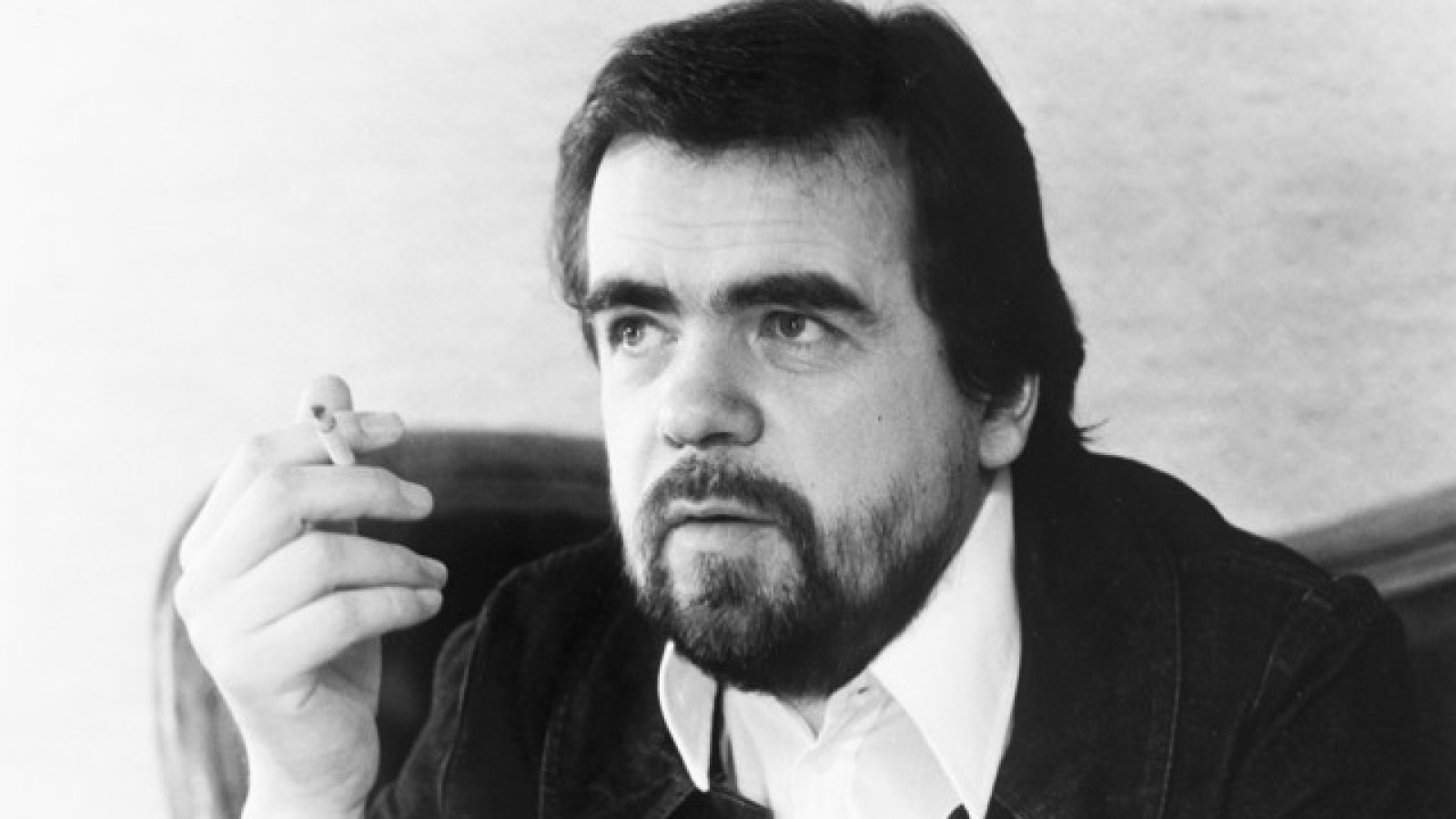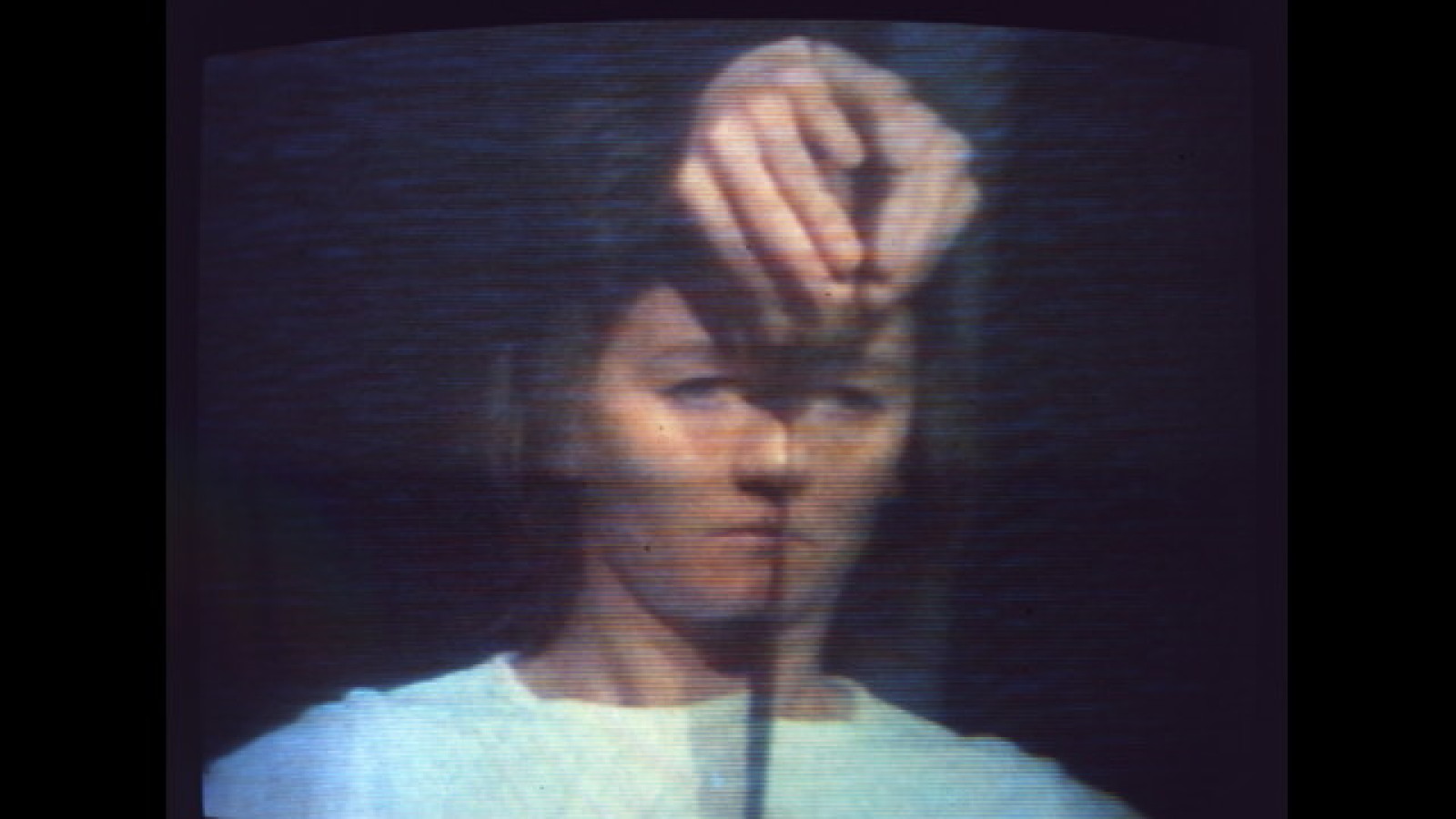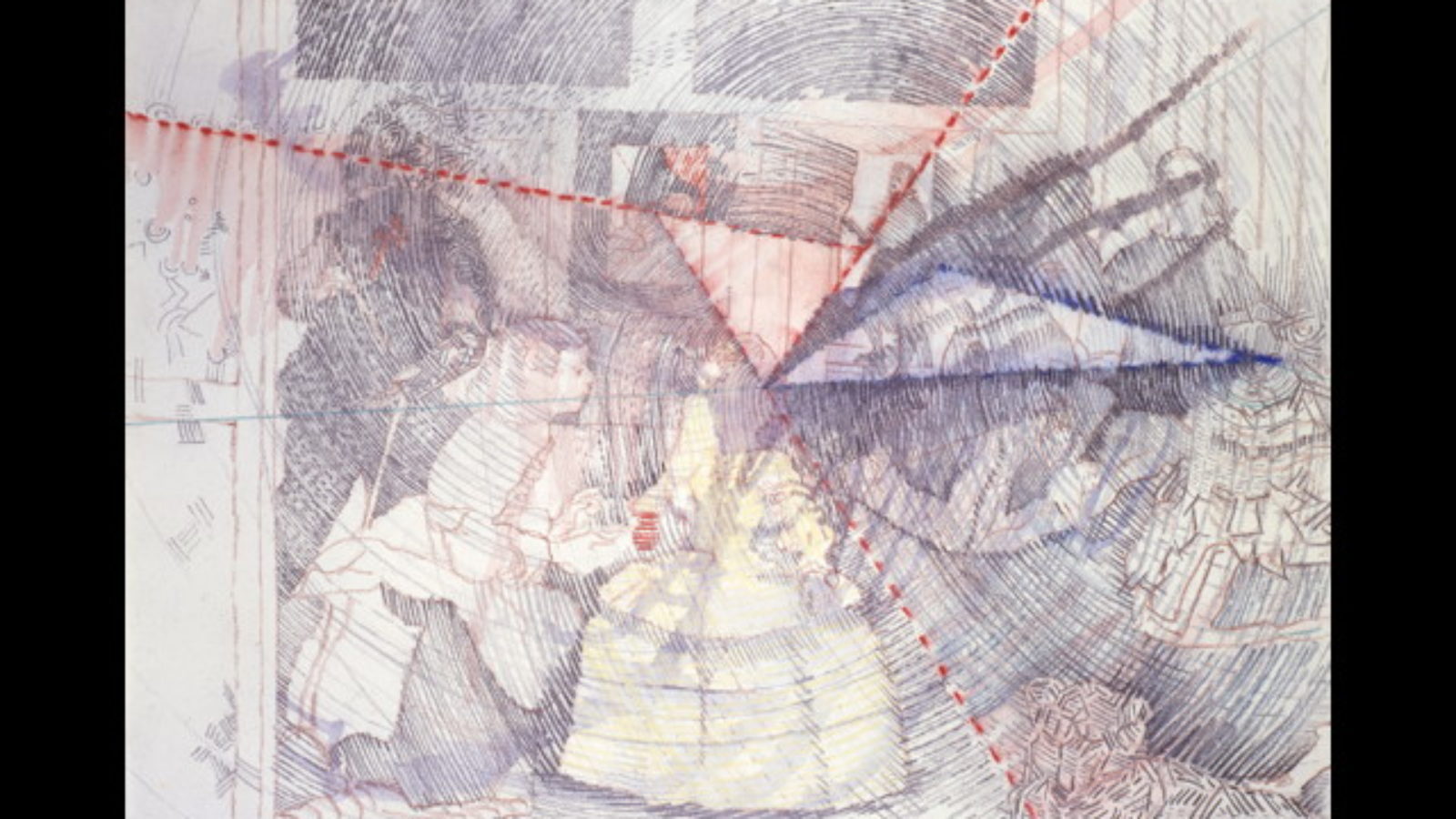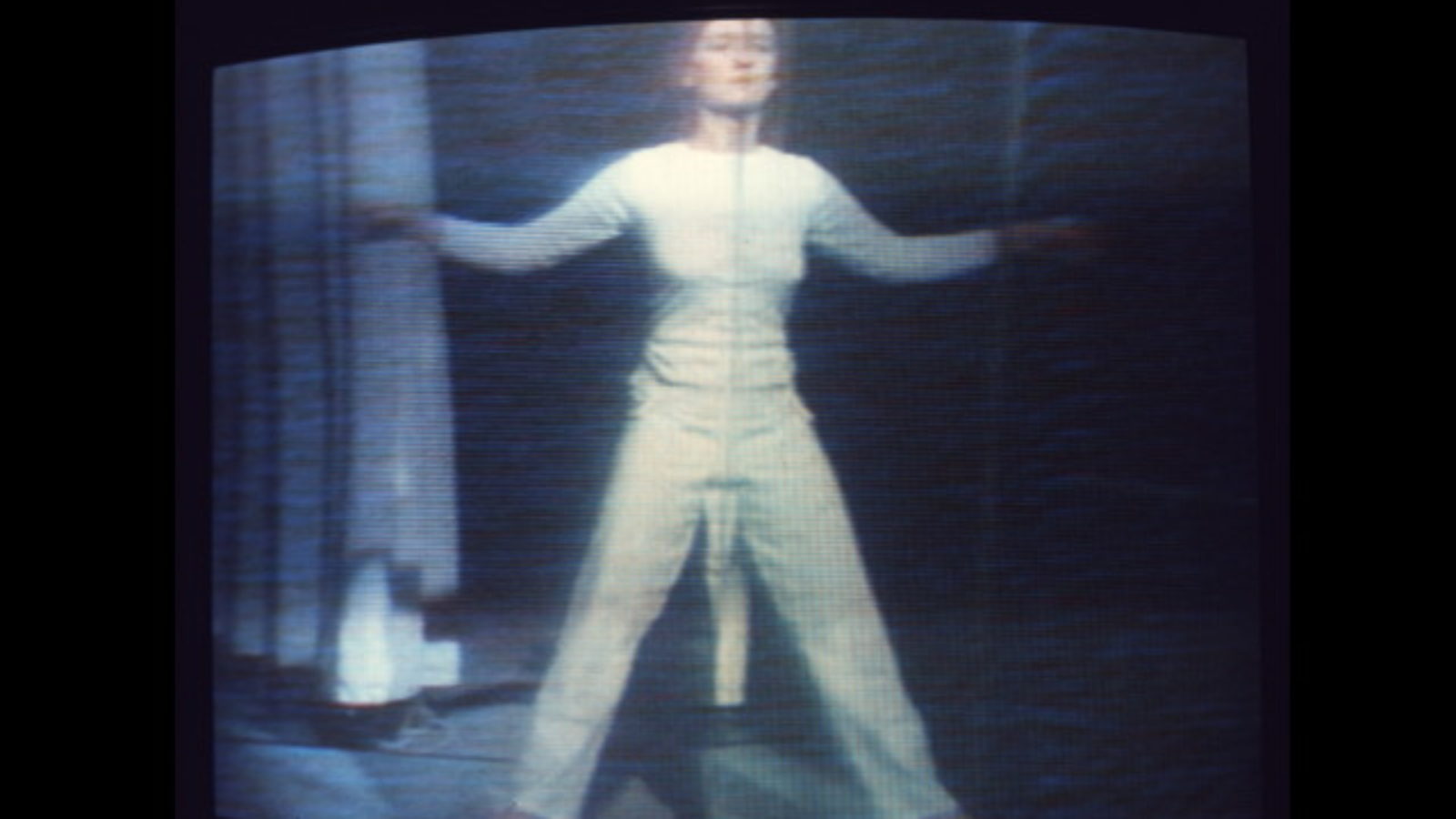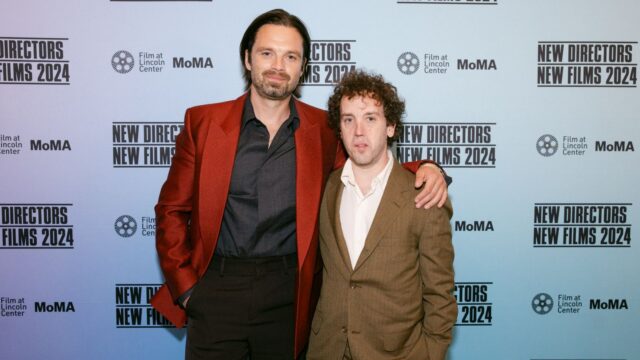Essayistic Acts: Une sale histoire + Las Meninas
This program pairs Jean Eustache’s bifurcated essay-film, in which a peeping tom confesses to finding a hole in the wall of a woman’s toilet, with Juan Downey’s adventurous, essayistic reflection on Velázquez's Las Meninas.
Une sale histoire
Jean Eustache, France, 1977, 35mm, 47m
French with English subtitles
“I tried to tell [the story of Une sale histoire],” Jean Eustache insisted in an interview, “not as a story I’d lived, but as a film I wanted to make—like a scenario.” The story in question is told twice, once by the great actor Michael Lonsdale, and then again, very similarly, by Jean-Noël Picq, the man from whose life it allegedly came. It's the sort of dirty secret that Eustache always felt compelled to make public: the confession of a peeping tom who finds a hole in the wall of a women’s toilet. Both tellers, it turns out, are addressing crowds of young women—a revelation that turns the movie into another of Eustache’s self-excoriating studies of male-female relationships. But Une sale histoire is also, among other things, a reflection on the sort of personal, confessional filmmaking to which Eustache kept being drawn. “When I tell a personal story,” Picq says, “it’s because I’m convinced it isn’t one—that the whole world understands.”
Las Meninas
Juan Downey, USA, 1975, digital projection, 20m
“We are looking at a picture,” Foucault wrote in a 1970 account of Velázquez's Las Meninas, “in which the painter is in turn looking out at us.” The text from which that line comes is one of the chief ingredients of Juan Downey’s adventurous, essayistic reflection on the painting, which also involves a live-action restaging of the scene, a lecture from the great art historian George Kubler, and a step-by-step journey through the picture’s complex shiftings of perspective.

